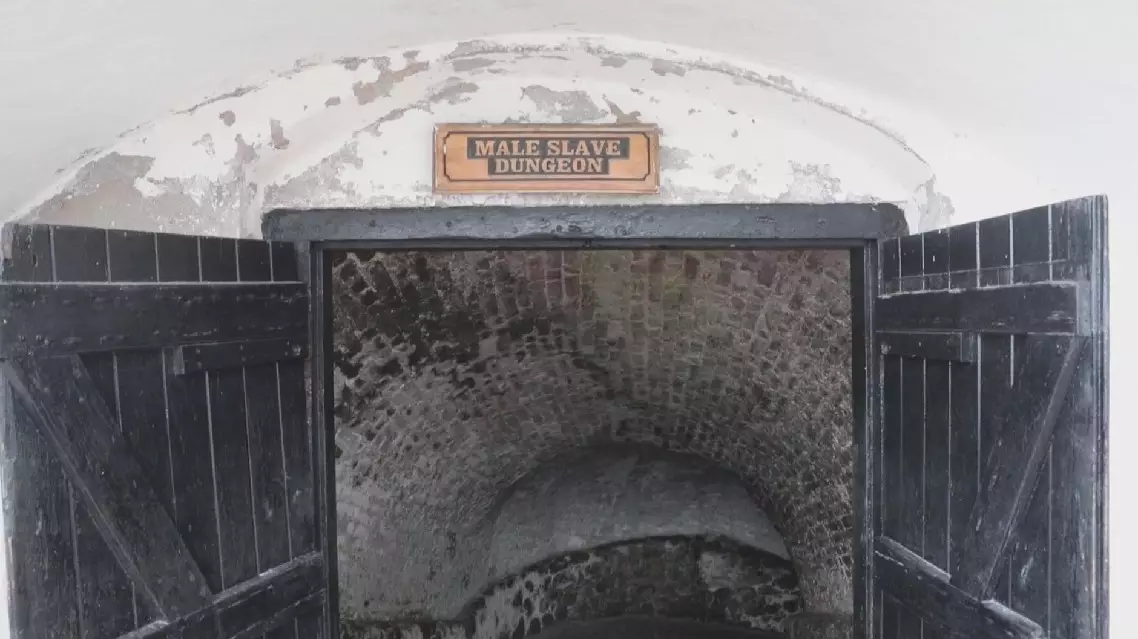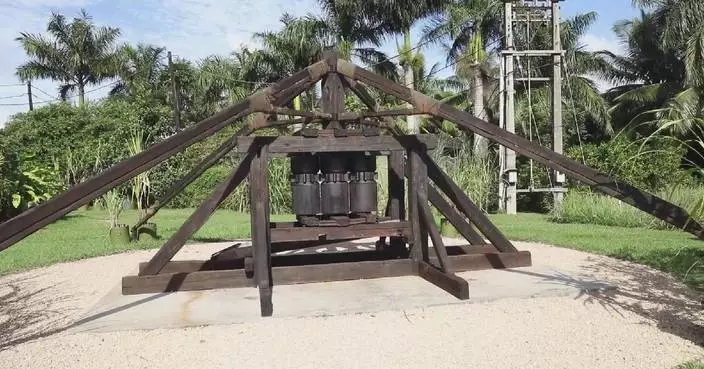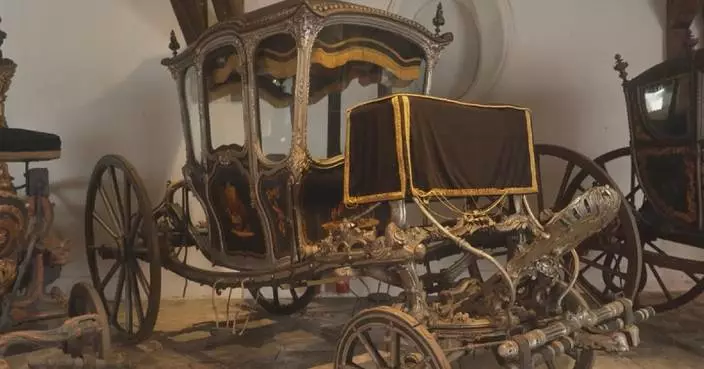From food and beauty to biomedicine, French elements abound in China's financial hub Shanghai as an increasing number of brands from the European country make inroads into the world's second largest economy.
Located in central Shanghai, La Cremerie is the only official flagship store in Asia recognized by the French Dairy Board. The store, which only sells French cheese, opened in 2019 and now offers a wide range of cheeses to Chinese customers, from Brie to the famous Comte, and even the ever-pungent Livarot.
According to the store manager, it now takes just a week for cheese to be shipped from French farms to Chinese dining tables, noting that sales at the store jumped by over 18 percent in the first quarter of this year.
In the world of decor, French candle-maker Trudon debuted its new fragrance series titled "Versailles" in late April at Shanghai's iconic commercial landmark Xintiandi, a bustling district for shopping and entertainment.
"It has been sort of a homecoming for Trudon. Trudon used to be the royal wax manufacturer back in the seventeenth and eighteenth century and used to supply Versailles," said Julien Pruvost, creative director of Trudon.
With a history of over 380 years, the brand opened its first flagship store in China in 2022 at Xintiandi. Pruvost said their business here is well on track and their products are well received by local customers.
"I'm here precisely and exclusively for the Versailles x Trudon launch. We're extremely satisfied with the direction the brand is taking in Shanghai and in China in general where we have again a tremendous followership," he said.
French skincare brand Biologique Recherche may not be as recognizable to Chinese shoppers, but premium spas in the country are rarely without their products. The brand decided to enter the consumer market just four years ago.
"Along with the business development, we have full confidence with this market. That's why we decided to invest the subsidiary company registered in Shanghai," said Jessie Zhang, general manager of Biologique Recherche China.
Beyond the fashion and lifestyle industries that France is best known for, companies from the country specializing in advanced manufacturing and technology have entered the Chinese market and taken advantage of its world-class supply chains.
Diagnostic solutions provider Biomerieux's arrival in Shanghai can be traced back to early 2000s. Now Shanghai is the third headquarter for the firm in the world, with its manufacturing plant situated in the nearby city of Suzhou after opening at the end of last year. The facility has an annual production capacity of 5.8 million culture flasks.
"We have the reagent manufacturing here and we are going to expand to the instrument manufacturing. But at the same time we want to expand the partnership here to have more local innovative solutions to answer the needs of local market," said Vincent Chan, general manager of Biomerieux Greater China.
It is estimated that there are more than 2,000 French companies in China, and over half of them have set up headquarters in Shanghai. As an international financial hub, Shanghai has long been a witness to the friendship between China and France, which are celebrating the 60th anniversary of the establishment of diplomatic ties this year.

French brands enjoy booming business in Shanghai









